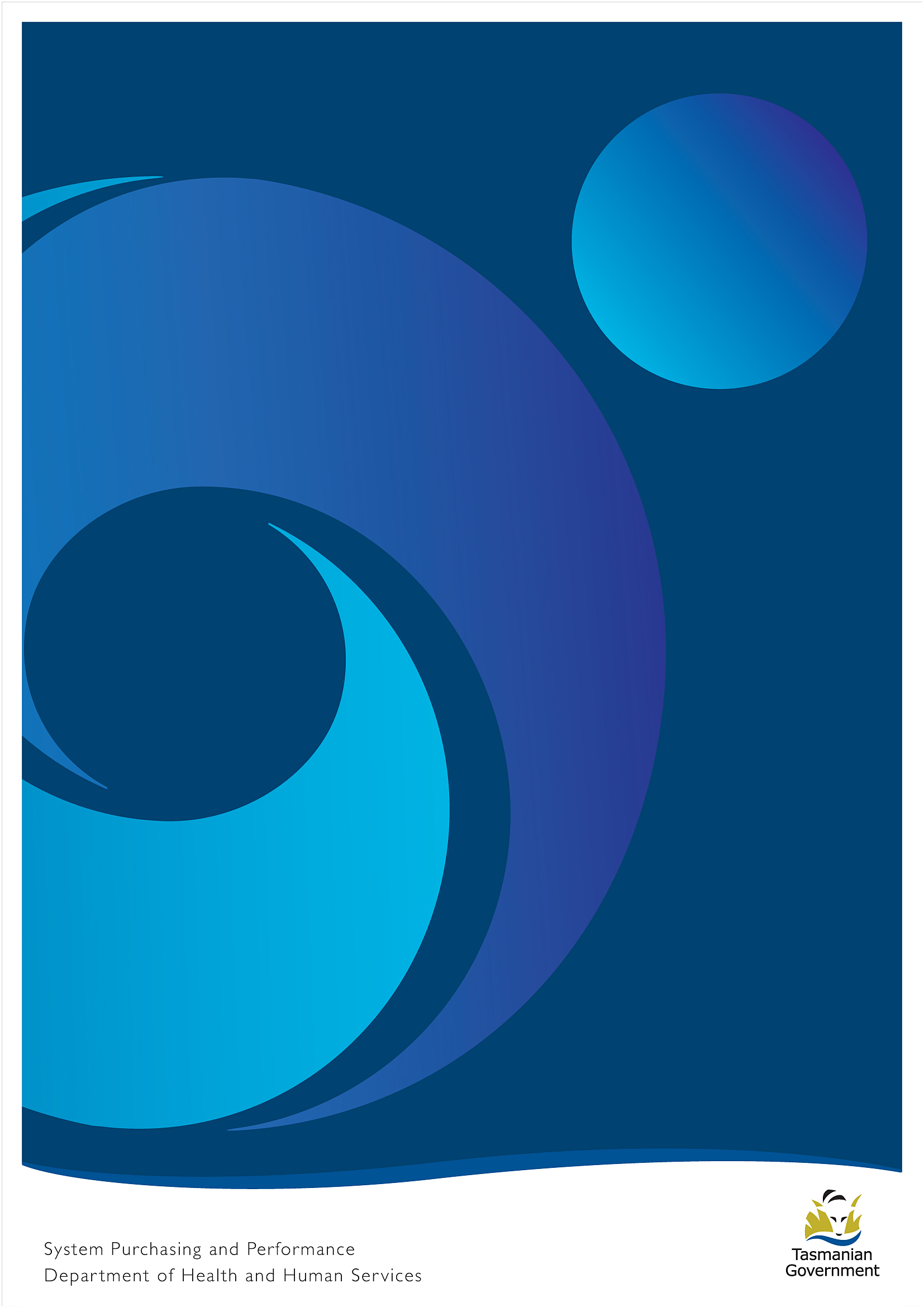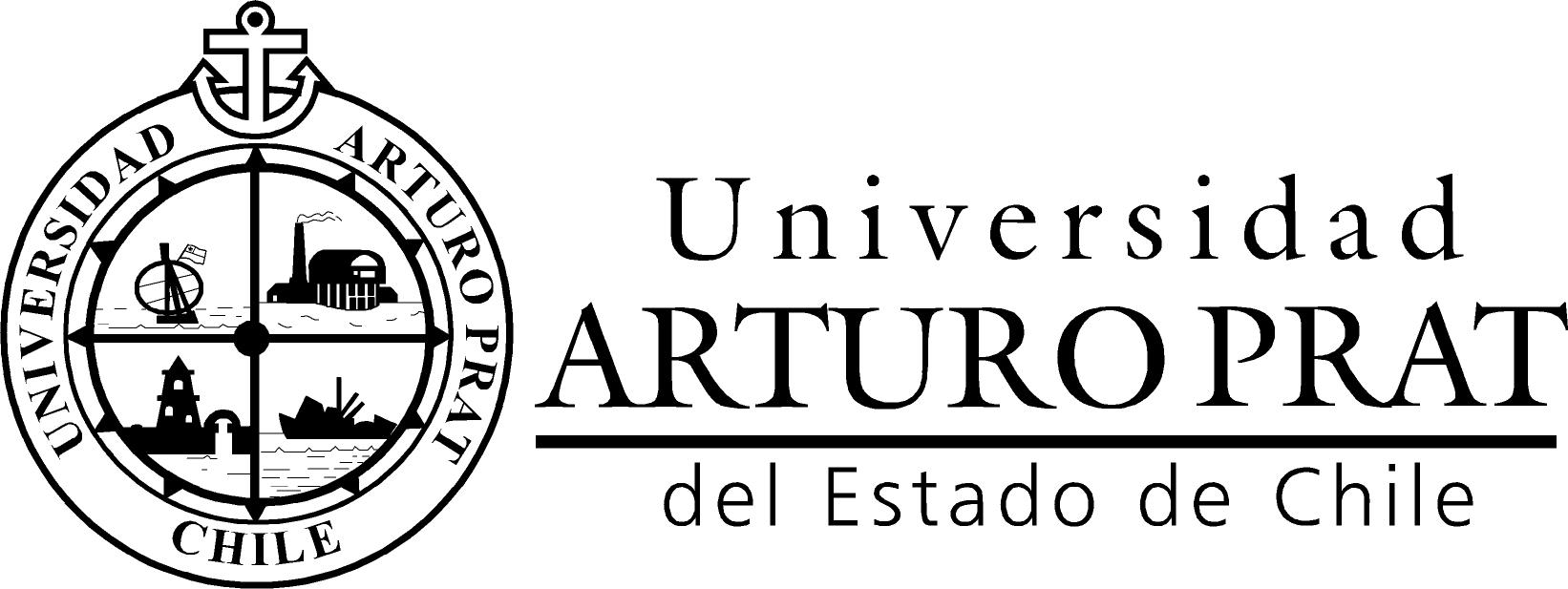A GERMAN MODEL FOR MINNESOTA? A DISTANCEBASED SYSTEM
46 –GERMAN PASSIVE AND FUTURE ACQUISITION HOW KNOWN135 DR HELMUT QUABECK FINKENWEG 39 64832 BABENHAUSEN GERMANY
18 BRKALLIANZ – GERMAN CRPD ALLIANCE (EDS) ALLIANCE OF
3GPP TSG GERAN ADHOC 2 TDOC GAHW000039 MUNICH GERMANY
3GPP TSGT3 (USIM) MEETING 8 BONN GERMANY AUGUST 23
4 OLD ENGLISH – FEATURES OF GERMANIC LANGUAGES THE
I-394 MNPASS – A NEW CHOICE FOR COMMUTERS:
A German Model for Minnesota?
A Distance-Based System for Transportation Finance
Rethinking Transportation Finance Roundtable
Wednesday, October 1, 2008, 8 to 10:30 a.m.
180 Humphrey Center
301-19th Avenue South
Minneapolis, Minnesota
In August 2008 the State and Local Policy Program (SLPP) of the University of Minnesota’s Humphrey Institute of Public Affairs organized a visit to the German Heavy Goods Vehicle (HGV) tolling system. SLPP selected Germany for this visit because: (1) the German HGV tolling system to be at the cutting-edge of large-scale, distance-based tolling for the purpose of infrastructure investment funding, and its use of incentives to reduce vehicle emissions, especially as they relate to greenhouse gases (GHG); and (2) the HGV system could be used as a possible distance-based financing model for Minnesota and the United States in the future. It is anticipated that the next Surface Transportation Authorization Bill will likely include a distance-based implementation demonstration project. The purpose of this roundtable is to provide a better understanding of the challenges and successes of the German system and its possible relevance to Minnesota and the US.
The German Heavy Goods Vehicle (HGV) tolling system, introduced on January 1, 2005, is a satellite-based, electronic system covering the entire national motorway (Autobahn) network (12,500 kilometers or 7,768 miles). Tolls are assessed to all heavy commercial vehicles over 12 tons (26,400 pounds) gross vehicle weight, based on distance traveled, number of axles and emission class. The toll system is operated by Toll Collect, a private-sector joint venture made up of Daimler-Chrysler Financial Services, Deutsche Telecom and Cofiroute. The system generated 3.3 billion Euros or $5.15 billion in 2007.
Agenda
8:00 a.m. Continental breakfast
8:30 Welcome Gina Baas, Assistant Director, Center for Transportation Studies, University of Minnesota
8:35 Presentation Panel
Moderator: Barbara Rohde, Research Fellow, State and Local Policy Program, Humphrey Institute of Public Affairs, University of Minnesota
Ferrol Robinson, Principal, SRF Consulting Group
Adeel Lari, Director of Innovative Transportation Finance, Humphrey Institute of Public Affairs, University of Minnesota
Lee Munnich, Senior Fellow and Director, State and Local Policy Program, Humphrey Institute of Public Affairs, University of Minnesota
9:20 Respondent Panel
Moderator: Kenneth Buckeye, Program Manager, Minnesota Department of Transportation
Rep. Bernie Lieder, Chair, Minnesota House Transportation Committee
Bernie Arseneau, Division Director for Policy, Safety, and Strategic Initiatives, Minnesota Department of Transportation
Linda Koblick, Commissioner, Hennepin County Board
Mike Erlandson, Vice President of Government Affairs, SUPERVALU Inc.
Jeremy Estenson, Director of Government Relations, Minnesota Trucking Association
Barbara Thoman, Program DirectorTransit for Livable Communities
9:50 Audience Discussion
10:30 Adjourn
Sponsored by the University of Minnesota’s Center for Transportation Studies and the Humphrey Institute’s State and Local Policy Program with the Minnesota Department of Transportation
42 DO GERMANY’S FEDERAL AND LAND GOVERNMENTS (STILL) COORDINATE
5 SINGAPORE AND GERMANY THE WAY AHEAD (SINGAPORE –
69TH INTERNATIONAL ASTRONAUTICAL CONGRESS (IAC) BREMEN GERMANY 15 OCTOBER
Tags: system, model, minnesota?, distancebased, german
- SCUOLA SECONDARIA DI I GRADO “CAVOUR” MODENA AS 20152016
- 2020 DICK HOPKINS AWARD OF EXCELLENCE IN TECHNOLOGICAL EDUCATION
- ZAŁĄCZNIK NR 1 KONKURSU ZNAK SPRAWY AI4250152021 ………………………………… (PIECZĘĆ
- ¿QUIÉN SE HA LLEVADO MI QUESO? CÓMO ADAPTARNOS A
- 200 PROSPECT STREET EAST STROUDSBURG PA 183012999 HTTPSWWWESUEDUUNIVERSITYSENATEINDEXCFM UNIVERSITY
- OGÓLNOPOLSKA OLIMPIADA WIEDZY SPEDYCJA TRANSPORT CŁO HASŁO
- COLEGIO FEDERADO DE INGENIEROS Y DE ARQUTECTOS INAUGURA NUEVAS
- ANEXO 01 CARTA DE COMPROMISO PAPEL MEMBRETADO DE
- 13 MENGHITUNG UKURAN PEMUSATAN UKURAN LETAK DAN UKURAN PENYEBARAN
- UNIVERSIDAD DE BUENOS AIRES FACULTAD DE DERECHO “CONTRATOS EN
- ỨNG DỤNG KỸ THUẬT THANG ĐIỂM (BALANCED SCORECARD) ĐỂ
- DISCIPLES OF JESUS COVENANT COMMUNITY A CATHOLIC COMMUNITY
- AYUNTAMIENTO DE LAGUNILLA C CASTILLEJOS 20 37724
- GRADE 8 MODULE 3B UNIT 2 LESSON 9 ANALYZING
- CONECTOR RECTO 4 FORMULARIO PARA EL EJERCICIO DEL DERECHO
- PAMUKKALE ÜNİVERSİTESİ SPOR BİRLİĞİ YÖNERGESİ KURULUŞ VE KAPSAM
- COURSE OUTLINE DR B H CHEN FOOD LIPIDS OFFICE
- ANNEX I LIST OF ELIGIBLE COUNTRIES LOT 1 –
- CONTRATO DE EDICIÓN ELECTRÓNICA DE TRABAJOS FIN DE GRADO
- L5075 ELEVASE A PRIMERA CATEGRIA EL MUNICIPIO DE
- DR ROBI KROFLIČ IZREDNI PROFESOR ODDELEK ZA PEDAGOGIKO IN
- 20121022 UPPFÖLJNINGSPARAMETRAR ÖPPENVÅRDSLÄKEMEDEL NORRBOTTENS LÄKEMEDELSKOMMITTÉ HAR TILLSAMMANS MED
- PLATE A SECTION OF THE LITHOSPHERE THAT SLOWLY MOVES
- 2018PNUSGGINPOL01 ZAŁĄCZNIK NR 1 ZESTAWIENIE WYMAGANYCH PARAMETRÓW ULTRASONOGRAF GINEKOLOGICZNY
- PERFIL DO PESSOAL DOCENTE ENVOLVIDO NO CURSO ÁREA ESPECÍFICA
- NONLSA MINOR MODIFICATION PROPOSAL SCHOOL OR COLLEGE EFFECTIVE TERM
- “PROBANDO NUESTRAS DROGAS EN LOS POBRES DEL EXTERIOR” PERSPECTIVAS
- COMPLETA LA SIGUIENTE TABLA ESCRIBIENDO EN LA LÍNEA DE
- PHỤ LỤC 2 MẪU LÝ LỊCH KHOA HỌC CỦA
- SECOND AND FINAL READING REVISED O 2016 – 21
 CONTENIDOS DE PONENCIAS DEL FORUM PREMIOS NACIONALES ES
CONTENIDOS DE PONENCIAS DEL FORUM PREMIOS NACIONALES ESNO FINDING SOUGHT (WITH PAGE REFERENCES TO WHERE THE
 INDICE PERIODONTAL DE RUSSELL FORMA OMS REVISADO (IP R)
INDICE PERIODONTAL DE RUSSELL FORMA OMS REVISADO (IP R)Responsabilidad Medica Intervención Quirúrgica Hipoacusia Implante Auditivo Secuelas Irreversibles
 CABINET 12TH SEPTEMBER 2013 REPORT OF THE LEADER QUARTER
CABINET 12TH SEPTEMBER 2013 REPORT OF THE LEADER QUARTER HACC DATA REPOSITORY USER GUIDE JANUARY 2013 HACC DATA
HACC DATA REPOSITORY USER GUIDE JANUARY 2013 HACC DATA LOOKING FOR A JOB WHEN YOU ARE DEPRESSED
LOOKING FOR A JOB WHEN YOU ARE DEPRESSED COMO HACER REFERENCIAS EN UN TRABAJO ESCRITO POR JULIO
 CIRCOLO ARCI DI STRADA IN CHIANTI LARGO DELLA CAPPELLINA
CIRCOLO ARCI DI STRADA IN CHIANTI LARGO DELLA CAPPELLINA AIMS SQL UPDATE INSTRUCTIONS THESE INSTRUCTIONS RELATE TO UPDATING
AIMS SQL UPDATE INSTRUCTIONS THESE INSTRUCTIONS RELATE TO UPDATINGJMÉNO A PŘÍJMENÍ DATUM NAROZENÍ POTVRZUJI ŽE VÝŠE
ZAKRES UMOWY PRZEDMIOT UMOWY WYPEŁNIĆ ZGODNIE
 4fe1c5d90a387Pliego%20prescripciones%20t%C3%A9cnicas%20T%C3%89CNICO%20SONIDO
4fe1c5d90a387Pliego%20prescripciones%20t%C3%A9cnicas%20T%C3%89CNICO%20SONIDOMAJSTROVSTVÁ SLOVENSKA MLADŠÍ ŽIACI GRÉCKORÍMSKY ŠTÝL KOLÁROVO 11102014 MAJSTRI
 TECNICO PREVENCION DE RIESGOS EJERCICIO DE APLICACIÓN “CALCULO DE
TECNICO PREVENCION DE RIESGOS EJERCICIO DE APLICACIÓN “CALCULO DEANEXA NR1 LA DISPOZIŢIA GUVERNULUI NR 20D DIN 27
ZAŁĄCZNIK NR 4A DO REGULAMINU UDZIELANIA ZAMÓWIEŃ PUBLICZNYCH FINANSOWANYCH
 DE COORDINACION GENERAL PARA COORDINACIONES Y REGISTRADORES
DE COORDINACION GENERAL PARA COORDINACIONES Y REGISTRADORES LAS ELAS NO HAN PRESENTADO AÚN LA DOCUMENTACIÓN QUE
LAS ELAS NO HAN PRESENTADO AÚN LA DOCUMENTACIÓN QUE ECONOMICS OF BANKING AND MONEY SEMINAR 1 SOLUTION QUESTIONS
ECONOMICS OF BANKING AND MONEY SEMINAR 1 SOLUTION QUESTIONS